Wood is one of the most important materials for interior design. However, the interior decoration with natural wood is quite expensive and the source of natural plantations is increasingly depleted. Therefore, joint wood is an effective solution in the construction and production of furniture and helps to save costs in terms of price and time in construction and production.
-
What is finger joint wood? Texture of finger joint wood
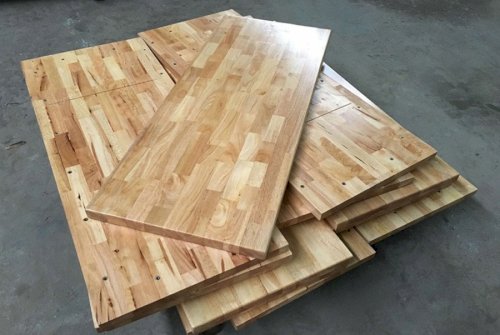
Finger joint wood is a type of wood that is produced by joining small sized pieces of wood together to form a larger wooden board. The wooden slats are joined together thanks to adhesive glue and a modern jointing process. Currently on the market, there are popular types of finger joint wood, which are rubber finger joint wood, pine finger joint wood, and acacia finger joint wood.
Finger joint wood still brings the beauty of natural wood, from color to grain. Not only that, but finger joint wood also converges other outstanding advantages such as mechanical strength, good waterproofing and bearing capacity.
The types of wood that can be used to create finger joint wood are usually non-standard wood such as wood edges from workshops, reclaimed wood or small diameter wood, not used to make single furniture.
2. The common ways to join wood
Vertical mortise joint or Finger Joint
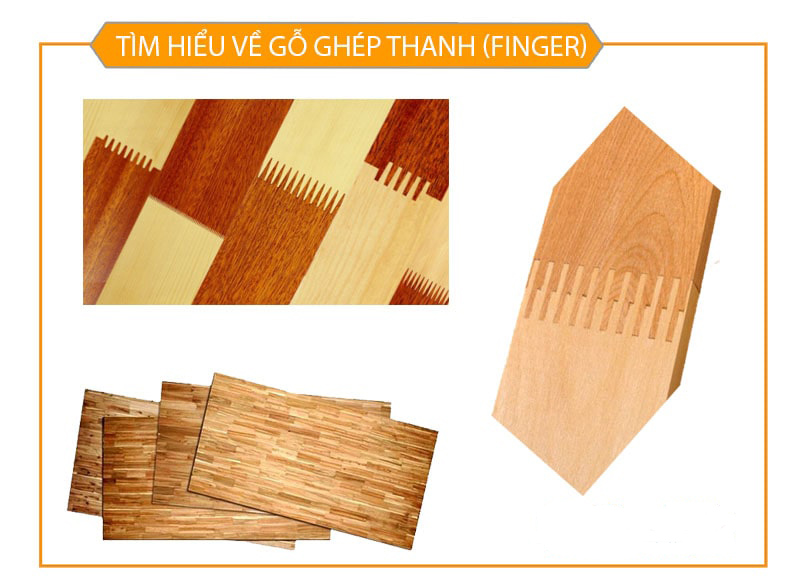
The natural wooden bars after being censored through stages such as impregnating, drying, cutting, planing and classifying workpieces according to different specifications. It will be put into the mortise machine system to form comb teeth, and then it will be glued and assembled into large wooden boards according to the requirements.
Normally, the specifications of the finger joint board are 1200mm * 2400mm, 1000mm * 2000mm. With this vertical mortise, it will create boards with great certainty, but it is not aesthetically pleasing, often revealing tooth-shaped joints.
Horizontal mortise joint or Finger butt joint
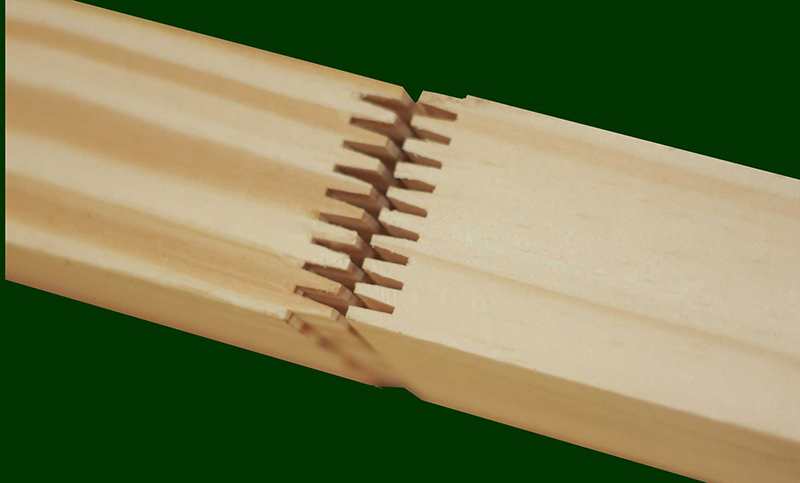
The mortise jointing method is similar to the vertical mortise joints, but the slotting of the lattice grooves will be done horizontally of the joint. Then, the steps to press the plate and cut the sheet are also followed the factory’s standard process.
Creating different colored fonts and textures with or without synchronicity provides a wide range of design and color choices. Overcoming the disadvantage of vertical mortise joint is that the comb teeth are no longer visible, but instead are alternately arranged color tones that look very nice.
Edge joint
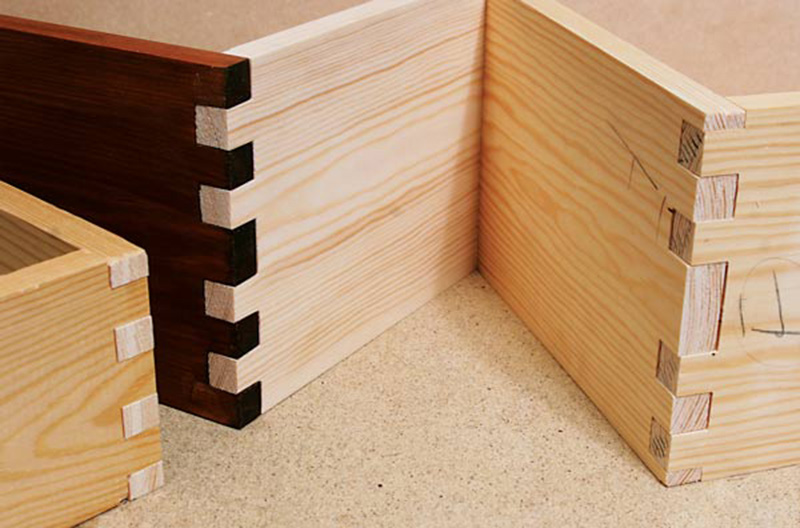
The edges of the short slats are sawn in a serrated shape and then joined together to form a log of equal length. Then continue to join them in parallel to form a large wooden board. To identify the edge joint wood, when you see the plank, you will see the jagged-shaped joint.
Scarf joint
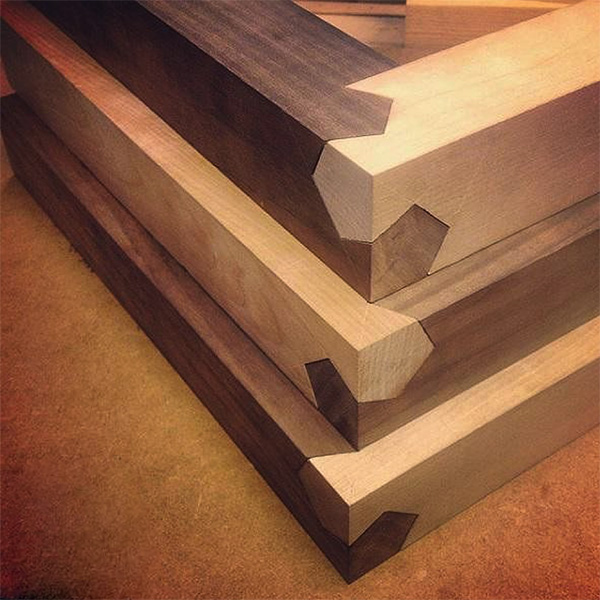
With the ends of the wooden bars will be cut to form a sharp, flattened end and then joined together to form wooden bars of equal length. Next, parallel pairing: when looking across the edge of the board, you will see that the joints are straight diagonal lines.
